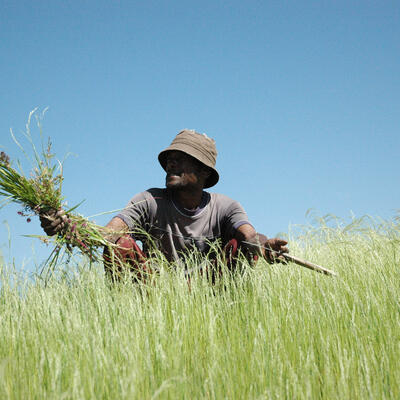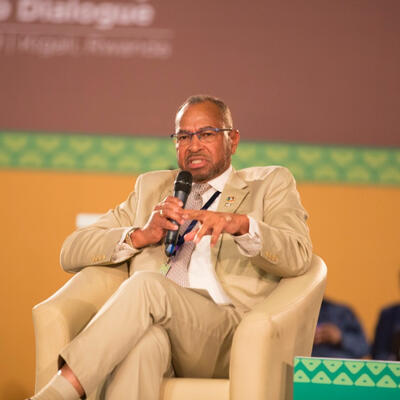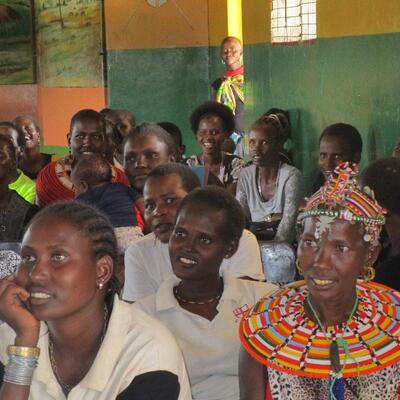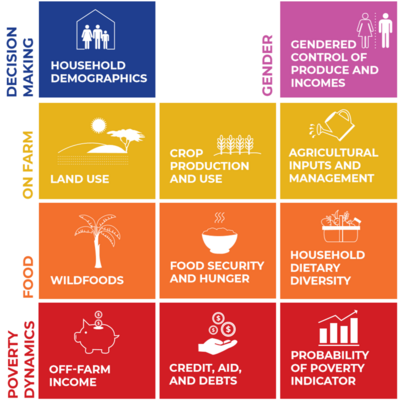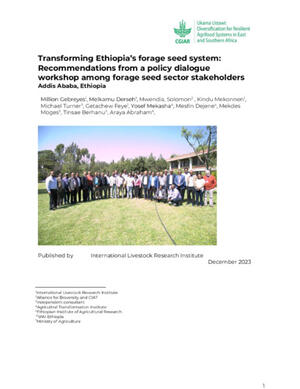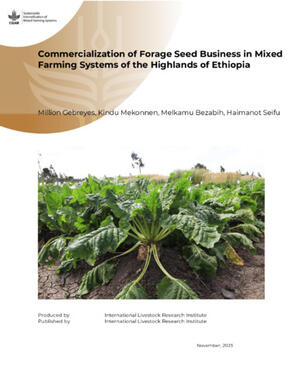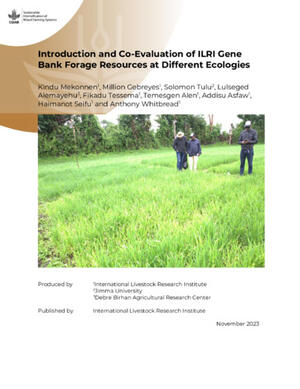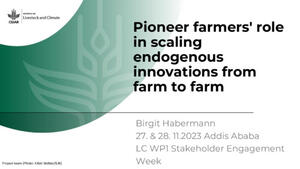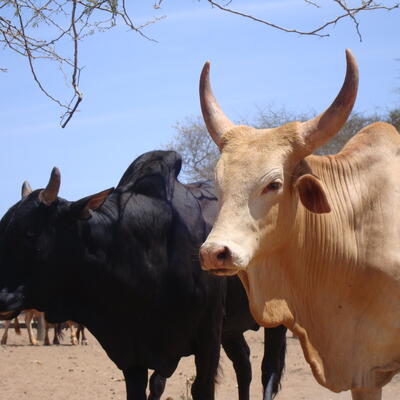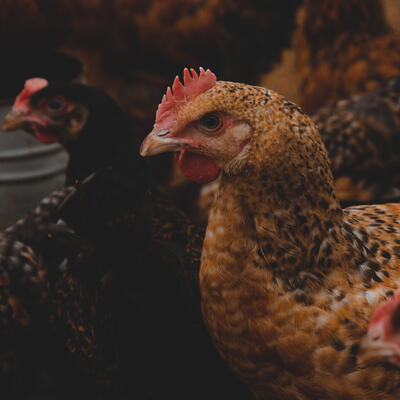
Is agriculture in Africa feminizing?
In the 1990s, a group of scientists were working on a project in the Karakoram Mountains in Pakistan-controlled Kashmir. A new sheep breed had been introduced in one of the villages and the men from that village were very enthusiastic about it. The new breed was bigger, gave more carcass weights and fetched higher prices in the market than the local breeds. But after a few engagements with the community members, the scientists realized that women in the village were of a contrary opinion. For them, the new sheep breed was the worst thing that had to happen to them because it had to be fed more, meaning the women had to spend a lot more time gathering fodder. They had less time to cook and look after their children.
'In introducing the new sheep breed, the project did not take into consideration the intra-household labour allocations (i.e. who would provide work for the new breed, what feed and other resources would be needed for the new breed and who would access them, and who would benefit from the breed), which later proved to be a determining factor for the success of the intervention,' say Stephen Oloo a research associate at ILRI working with the gender team.
In Africa, where the agricultural sector is expected to become a trillion-dollar industry by the year 2030, understanding who the farmers are, their gender-based labour allocation patterns, and what their needs, opportunities and constraints are, will be important for better planning of agricultural interventions. Many studies that look at farming communities and their changing compositions have highlighted a growing feminization of agriculture, which is defined as an increase in the involvement of women in agriculture over time vis-à-vis the involvement of men. Labour allocation patterns help to explain the emerging concept of feminization of agriculture.
'In the study, we investigated the trend of feminization of agriculture in Africa using the standard Demographic Health Survey (DHS) data. DHS data are nationally representative household surveys data that are collected with aid from the United States Agency for International Development (USAID), to provide data on a wide range of monitoring and impact evaluation indicators in the areas of population, health and nutrition. This data was collected for 18 countries Africa: Burundi, Benin, the Democratic Republic of Congo, Congo-Brazzaville, Egypt, Ghana, Kenya, Liberia, Lesotho, Namibia, Niger, Nigeria, Rwanda, Sierra Leone, Tanzania, Uganda, Zambia and Zimbabwe,' adds Oloo.
From the data, we then computed feminizing countries as the countries in which the weighted proportion of hybrid households where women are in agriculture increased at a higher rate than households where men are in agriculture. Hybrid household refers to a household where either of the partners is involved in agricultural activities.
When discussing the results, Oloo says that 'they showed that feminization of agriculture is an evolving phenomenon that is not occurring across the entire continent. Countries such as Burundi, Ghana, Kenya, Liberia, Rwanda, Sierra Leone and Uganda exhibited feminization of agriculture.' He continues that 'feminization of agriculture was also witnessed when the proportion of hybrid households where women are in agriculture declined (Kenya) and this was only when the rate of decline in the proportion of hybrid household where men are in agriculture was higher than that of women.' From the study countries, Liberia had the highest rate of feminization while Burundi had the lowest rates.
The analysis used a simple aggregation approach that does not consider factors that influence the feminization of agriculture. It focused at national levels, which might have missed the subnational trends that are influenced by geographical characteristics, religion and ethnicity. Despite the focus on the national level, the DHS data also contain GPS coordinates that can be used for subnational analysis.
This study also shows that DHS data can be used to provide important indicators that analyse labour allocation within households that are largely unavailable currently. As shown by the project in the Karakoram Mountains, this work is important because it helps to point out who would engage with new agricultural interventions.
This article is part of a large study that is exploring the feminization of agriculture through gender dynamics across scales in sub-Saharan Africa. The full results of the study will be published later in this blog.






